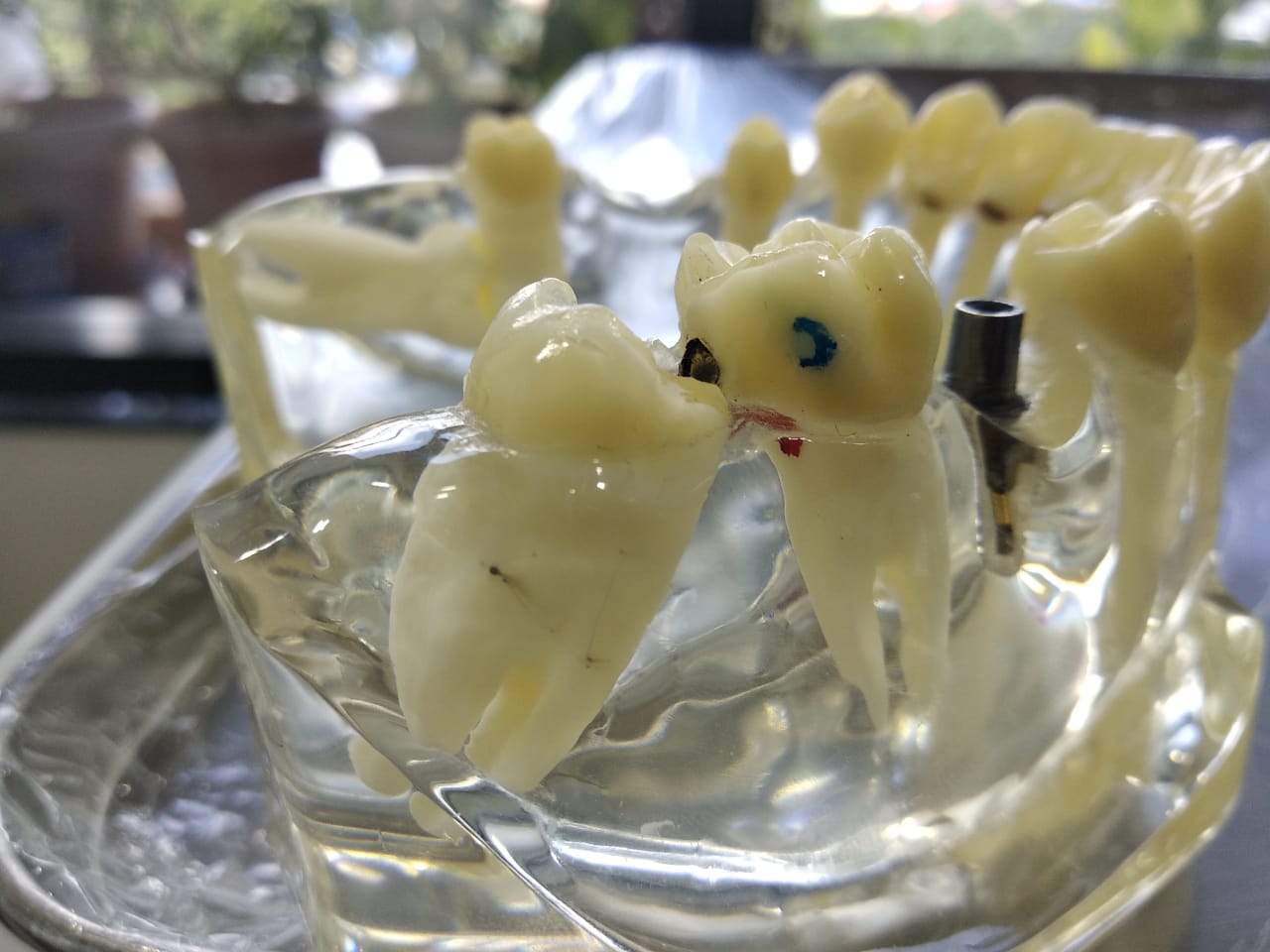Wisdom Tooth Pain: How to deal with it ?
Most of us have gone through a bad wisdom tooth pain. Before heading right in, let’s see how and why your last tooth (a.k.a wisdom tooth) is such a pain in the jaw!
We know humans are ever-evolving and so are their food habits. Jaws were much larger 200 odd years ago and foods that humans ate were either raw or partially cooked. This called for the need for more teeth and larger jaws. However, as a part of evolution and advancements, food patterns came a long way and has led to very limited chewing thus reducing the need for 32 teeth and shrinking the jaw size thus making it very difficult for the last tooth to fit in.
The trapped tooth trying to erupt pushes its surrounding structures resulting in subsequent pain and discomfort. In some cases, teeth erupt partially creating a food trap and end up causing cavities in the important healthy adjacent teeth. This pain and discomfort can crop up at the time of eruption or even after many years.
Proper diagnosis :
The first step to treating a wisdom tooth pain is identifying it correctly. Wisdom tooth pain is usually confused for an ear infection or ear pain. This is because they are typically “radiating” type, especially towards ears or even half of your jaw. The pain is typically gnawing in nature and can last anywhere between a few minutes to a couple of hours. It can cause difficulty in chewing food, mouth opening, headaches and tremendous amounts of pain and swelling.
Wisdom tooth erupts usually at the age of 18 or above
What’s happening inside the jaw to cause all this trouble?
The tooth is stuck inside your jaw bone. Depending upon the depth at which it is within the bone, shape and number of roots, the orientation of your tooth inside (vertical/horizontal), a dentist can gauge the possibility of the tooth erupting out of your bone. If it is likely to erupt, your dentist might want to do smaller procedures to aid in its eruption. Meanwhile, your dentist can medicate you to resolve pain and possibility of an infection.
As in some cases, these trouble makers can cause a swollen face, severe cheek bite, or even serve as food pockets causing infection and pain while the tooth is on its way!
If the tooth doesn’t stand a chance of coming up swiftly then the only solution would be to remove it. You’ll be pleasantly surprised that sometimes even a little chat with your dentist can help relieve your anxiety and the procedure can be completed with ease. We’ve realized making you aware of what to expect before, during and after the procedure allows you to be mentally at peace and able enough to do the right things so you end up with a speedy recovery.
If you are too anxious or worried about the removal, it can be done under sedation. Happy gas can help you relieve your anxiety and allow you to get through the procedure easy peasy. Recent advancements like Laser dentistry a.k.a bloodless dentistry can help you get it done without the fear of blades. After-all painless dentistry is right around to help you with your
fears. Take time to do a little research about the dentists in your area who offer advanced dental options and choose the best dentist for you. A good dental surgeon can make things easier and better and provide you with comfortable painless experience.. so take a chill pill.
What can I do until I get to the dentist?
Always.. always.. remember the permanent solution to a bad wisdom tooth is only its removal. No matter how many times you try to cover up with pain medication, it is going to crop up again.
But here is what you can do to manage it until you’re able to get to your dentist –
- Clean the region regularly. Use a mouthwash that you’re not allergic to (Discuss with your dentist).
- Use lukewarm salt water to rinse your mouth frequently.
- Avoid hot and hard foods.
- If you notice a swelling use an ice pack over the area.
- Open your mouth wide frequently to avoid trismus (difficulty in mouth opening).
- Use a glycerin pad or an anaesthetic gel (lignocaine gel) if you find an ulcer/wound in the cheek region of your mouth.
- Consult the best dentist in your area before you make any medication on your own.
For more information visit www.thedentalbond.com
